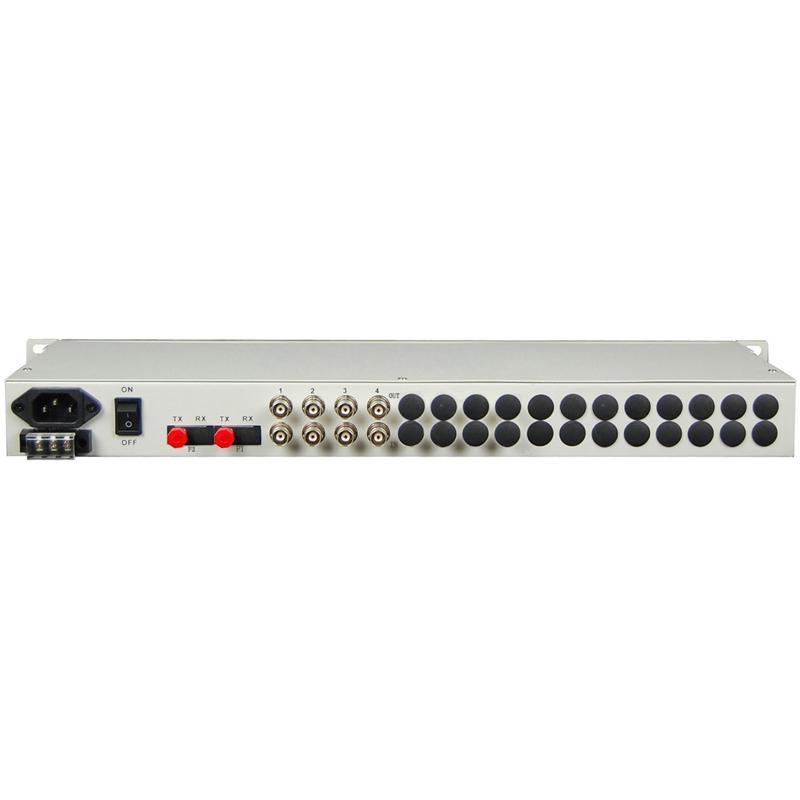Permanent failure:
For permanent faults, a loop can be used at one end, and the other end can be displayed from the switch or judged section by section and layer by layer with a transmission analyzer.
1. Transmission alarms appear in pairs. For example, if RJA (remote alarm) occurs on the A side, then the B side may be LFA (frame out of synchronization alarm) or AIS (receive alarm), and sometimes both types of alarms exist; the other is LS ( Signal loss) alarm.
One of the reasons for the failure:There is a problem with the signal sent by the A-side DM, that is, the 2Mb/s signal sent is error or interruption.
*Judgment method: loop back to end A with the DDF of end A. If there is an LS or AIS alarm on end A, it is a fault.
*Solution: Ask the personnel in the computer room to restart or reload the relay module to clear the alarm.
The second reason: A problem occurs in the low-order group from the A end to the B end somewhere, causing a 2Mb/s signal error or interruption.
*Judgment method: If there is a problem from A to B between the low-order groups at both ends of A and B, the AIS or LFA alarm will be displayed on the B end. If the signal from the low order group to the DM at the B end is interrupted, the B end displays an LS alarm.
*Solution: According to the detected obstacles, or re-make the head on the DDF, or replace the U-Link, or replace the machine disk to achieve the purpose of restoring the circuit.
2. Transmission alarms do not appear in pairs. For example, AIS and RJA alarms appear at the same time at end A, or LFA alarms appear at the same time, but there is no alarm at the opposite end, and the call cannot be made at this time (take S1240 switch as an example).
The reason is that the relay module (DM) at the A side is dead. At this time, the DMs at both ends need to be reactivated. This may restore the circuit, or the first situation may occur. If the first situation occurs, just follow the method described above.
Intermittent failure:
1. Individual 2Mb/s port alarms are generated instantaneously due to intermittent failures, and the switching relay module DM has a difference in the identification time of the alarms, so single-ended alarms may occur. At this time, it can be solved by dealing with permanent faults. But it is best not to use DDF loopback method, so as not to interrupt the circuit.
2. Batch 2Mb/s port alarm
(1) The alarm modules are concentrated on the 34Mb/s port or 8Mb/s port of the multiplexing equipment. This may be a problem with the high-order group, or a problem with the DDF adapter cable, or a problem with the machine disk. At this time, it can be detected by the permanent failure method.
(2) Several DM alarms of a trunk group, this may be a switch problem. For example, this problem occurred once in our office, and it was found that it was caused by the heavy work of the multi-frequency register. At that time, our office used channel-associated signaling, and the number of dual-tone phones for users gradually increased, which caused heavy workloads for multi-frequency registers. Later, when No.7 signaling was used between offices, the problem was solved.
3. A special alarm is normal for each 2Mb/s transmission link to be tested separately, that is, each point on the DDF has no alarm for the switching loops at both ends, and the U-Link measurement with a multimeter is also normal, but the U- When Link is connected to the switch, an alarm occurs and cannot be used. At this time, make a loop on the transmission side of the low-order group at either end of A and B, and test with a transmission analyzer at the same position at the other end. It is found that ES appears and the entire link is in a critical state.
The treatment method is to test section by section with the meter until the obstacle is found and the circuit is restored.
Post time: Aug-24-2020






